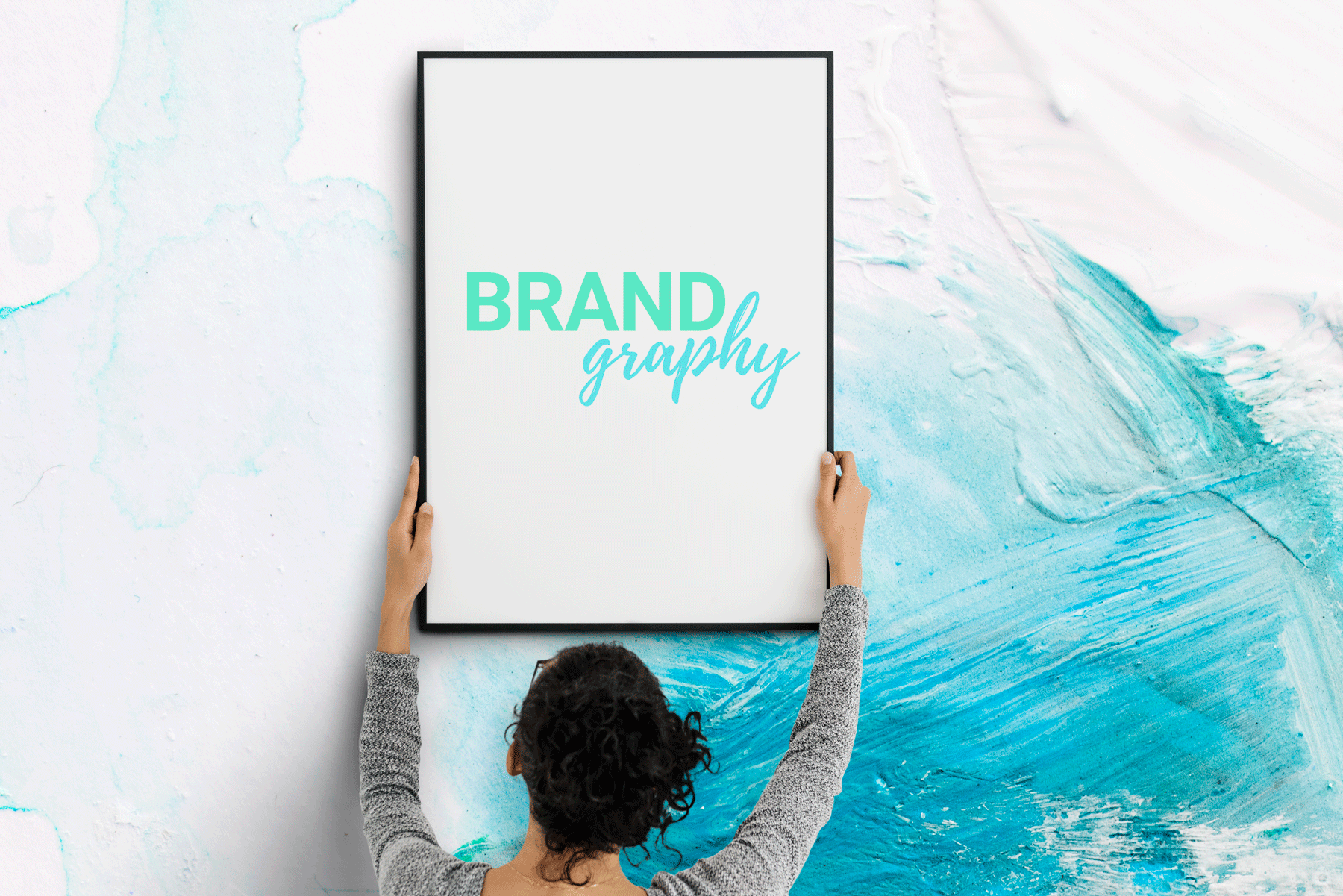Organisation Design - Brands with a purpose
- brandgraphycommunity

- May 30, 2021
- 4 min read
Updated: Jul 26, 2021
Brands are perceived as entities that provide a service or a product for which they charge a fee. Historically speaking, this was the primary way of defining a brand, but it never captured the total function of a brand. In the modern times, a company can be described as a group of people with shared value systems, that enable them to work together, making the organisation a valuable asset to society. This is the "whole" perspective.
That's what a brand really is, it influences this world with it's ideology and the actions of it's collective workforce.
The contemporary marketplace is brimming with conversations on what it means to be a purpose led brand, driving the old conglomerates to rethink their business strategy as well. Today, brands need to think about the purpose of their existence at a deeper level than yesterday.

The sale of goods and services is undoubtedly any brand's primary operation, but that's not the goal upon which great companies are built.
They are built upon solving problems, steering the world in a morally or environmentally good direction.
Imagine this scenario, an IT firm is called upon by a hospital to provide a solution that digitally manages their bed availability and bookings. This amalgamation requires two entities, an IT firm developing futuristic solutions for medical infra, and the second, the hospital itself, which is already created with a notion to help and care for people with different medical conditions. The underlying emotion is "genuine human assistance". The feeling to "help" others. That's the true purpose, and a purpose that will be shared with the IT firm that is engaged here, whether they are aware of it or not. Let's say the technology partners are operating with active "consciousness" about making systems and services that help people in difficult medical conditions, then this purpose would permeate their entire operations and product strategy, even their CSR wing.
This is what a clear purpose does, it gives you a laser sharp focus everywhere, be it your business strategy or brand communications.

At the macro level, purpose defines a company, but at a micro level it runs it, literally! Imagine an employee who has to file papers and create streams of databases, they may not be a part of Business Intelligence or Finance, whose data reaches top level meetings. Imagine the Receptionist at your main door, what is her motivation to sit at her desk everyday and report at 9:00 AM every morning? Imagine all the ad hoc employees, what do you tell them?
Why is their job important? the answer is not running their own life, the salary they need, that is their initial motivation to knock your doors. What do you tell them from your perspective? Why is it important that they carry out their duties? What is the purpose? How does their job contribute to the this world?
And if you don't have an answer, then I guess your brand should think about it. Today, brands walk into a new world, challenged by what previous brands missed to take into account, the "social good", and the new workforce is noticing it so deeply, and so keenly, that you may end up missing the opportunity to strike a good connection with the new age workforce.
Think about your Marketing Department, marketers today have such punchlines written all over LinkedIn - "Marketing that helps do good", "Driving growth that matters", "Interested in brands with earth-centric innovation". Many companies are currently busy in "white washing" or "green washing", but a very few have taken an authentic look inside.
It is not a crime that you started out without a great purpose or what it meant to have one, but it is not a contemporary business strategy to remain like that.

Design thinking has come of age and
service design finds deeper penetration in organisations, This has led to conversations about organisation design across the world. Organisation design helps to improve processes, relationship between departments, increase productivity-outcomes by initiating a design process that looks deep into the way an organisation exists.
For a brand, there is a user inside and there is a user outside, both need to be nurtured, evolved and maintained with passion. In order to serve an organisational strategy that helps leaders, managers, employees and customers, having a clear brand purpose is definitely a start.

Reflect on these questions if you are an organisation leader - Have I called upon the wisdom and leadership of existing workforce? Are my departments in sync about the purpose of what we do?
Do they find the liberty to be themselves and present contradictory opinions ? Is there an idea that is simply hiding because of hierarchy?
Organisation design requires a very deep conversation, a real one, with professionals. For brands, who grow by building disruptive technologies and breathing innovation, design thinking is leading the way. There are companies that make just one product, and they may find "innovation culture" of small value, but innovation is not only making something new, it is also about creating better processes, re-aligning the brand message and adapting to new times.
An organisation is a social machine, with human feelings and industrial outputs, a deep look into improving the processes of your brand can result in better employee and client satisfaction; whether it is your sales or innovation, the quality of new hires or the food served in the cafeteria, it all forms a solid link to the way your organisation is designed. It is a good time for business leaders of today to leverage the power of design thinking and create a brand that everyone feels proud of; the employees, the clients and the investors.






Comments